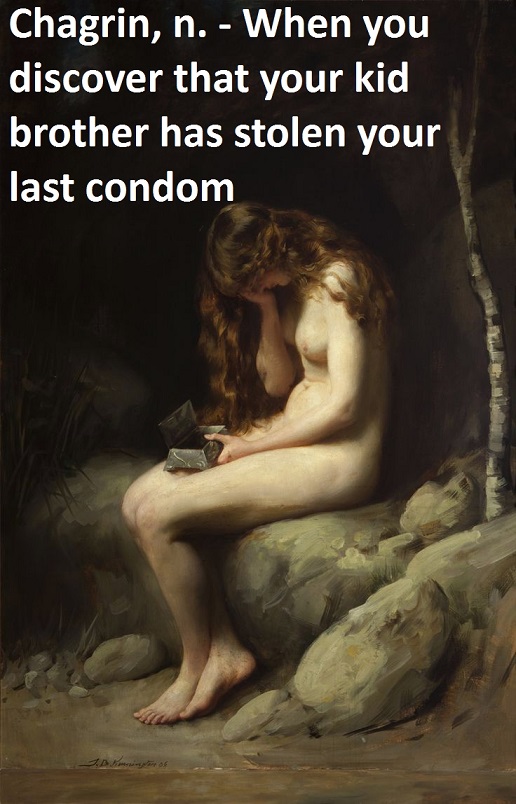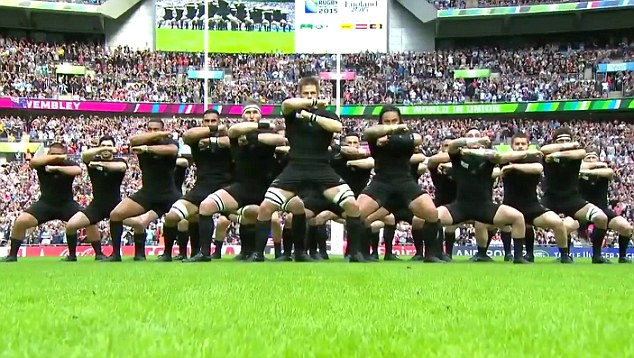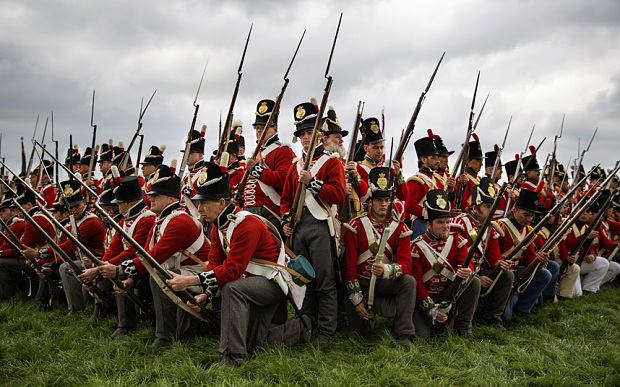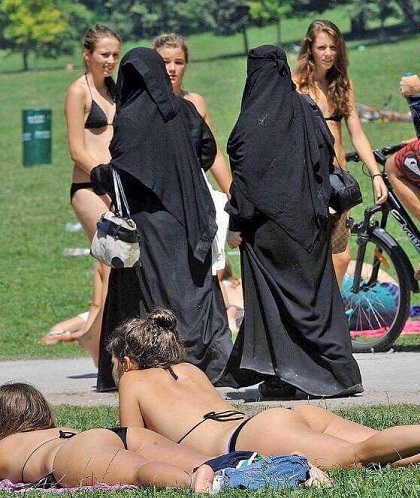
Category: Culture
Art, music, literature and thespianism
Proportions
The recent flooding of Houston made me think of numbers (because that’s the kind of guy I am).
One of my friends lives inside the City of Houston, and his house was not flooded (because the city is built on a hill, relatively speaking, of about 400 ft. above sea level. But it’s an island, so to speak, because most of the surrounding area is less than 100 ft. above the Gulf of Mexico — hence the massive floods caused by Harvey).
For my British Readers, let me give some perspective. The Greater London area (population 8.8 million) comprises about 605 square miles; greater Houston (pop. 6.5 million) comprises just over 8,900 square miles (in the U.S., “greater” is labeled as “metropolitan statistical area”, or MSA).
In so large an area, you’ll get a situation like this:
Texans don’t trust government, so they rescued each other when things got desperate
Across Southeast Texas, police, firefighters, the National Guard, the Coast Guard and other agencies responded with immense force. But in a storm of Harvey’s sheer monstrousness — hundreds of miles across, lingering for days with bucketing rain that swallowed roads and initially kept rescue aircraft grounded — no government response could ever have been enough.
So ordinary people took up the challenge.
…
When Andrew Brenneise saw his West Houston neighborhood flooding at a ferocious pace last Saturday, his first thought was Facebook Live. He pulled out his smartphone in the punishing rain and pleaded for volunteers with boats.Forty-five minutes later, the first truck arrived with a boat on a trailer. Then ten more. Then twenty. Then Brenneise had a flotilla of fishing boats, kayaks, canoes and flat-bottomed skiffs which, over the next six days, rescued hundreds of people and animals.
“This is who we are,” said Brenneise, 31, a business development manager at a chemical company. “The police and firefighters can’t be everywhere, so the community has to step in and take control.”
It’s true that by and large, Texans don’t trust the government (any government, even our own) — our state constitution is the most restrictive covenant in the world — but coupled to that is the realization that government can’t be everywhere, all the time (especially as in the absence of a state income tax, we can’t and don’t want to fund it). That’s true even in the best of times, as it happens, which means that in a massive crisis like Harvey, we have to take care of ourselves — and it looks like we did.
I also note that comparatively speaking, there doesn’t seem to have been too much thievery, no doubt because of the many “You loot, we’ll shoot” signs that popped up all over the place. Yeah, we include “defense of our property” in the list of things we don’t entirely delegate to government either. And any suggestion that government agencies should disarm Texans in times of disaster would be met with mocking laughter, not just from ordinary people but also from our elected politicians and police forces.
Now for the rebuilding. Texas has an aptly-named “rainy day fund” of just under $10 billion, which we’re going to have to dip into, I guess. The federal government will probably kick in as well — and before anyone jumps in with a “so you hate government but you’ll take their money” snark, let me remind y’all that we Texans do pay federal income taxes — and in any event, if the rest of the U.S.A. wants gasoline for their cars, we’ll need to fix the drowned oil refineries around Houston too; so yeah, the feds should come to the party.
I haven’t really kept on top of this — I’ve been eating Full English Breakfasts, getting plastered on warm ale, and swanning around stately palaces, sue me — but that seems to be a reasonable overview of the situation.
Feel free to add corrections and comments in the usual place.
Afterthought: the Dallas-Ft. Worth MSA (pop. 7.1 million) extends for 9,268 square miles, fifteen times the size of Greater London.
Speed Bump
Via Insty, I was reading this article which talks about how the First Amendment is designed to protect unpopular speech, and everyone’s speech in general, when this little sentence stopped me in my tracks (with my emphasis on the part which did so):
For White and Czjetanovic, being white nationalists has no impact on their ability to do their jobs. Had they held other jobs in which their white nationalism would directly affect their job performance, perhaps the internet mob would be justified in its quest to take heads (white nationalists shouldn’t be teaching WWII history to impressionable middle school students, for example).
Here’s where this little thing falls apart. We conservatives have been aghast at how “impressionable middle school students” have, for decades now, been taught by Frankfurt-School socialists, who have been busy with their little Gramscian plan of inculcating Marxist principles and Weltanschauung into our kids — and now I’m supposed to bristle at the thought of white nationalists teaching in middle-school classrooms?
The author (Bethany Daniel) has done precisely what she argues against in her article: she’s conflated white supremacists with Western Civ devotees (like myself). Frankly, if a white nationalist teacher kept herself in check and kept the racist shit to herself while extolling the value of Western Civilization when teaching history to middleschoolers, I’d rather see that than some vapid socialist twerpette interpreting WWII as a struggle between the patriotic proletariat of the glorious Soviet Union and the oppressive capitalist systems of the West.
The difference is that socialists are quite unapologetic about their propagandizing — even while teaching impressionable middle school students — while we Western Civ boosters have to be constantly on the defensive about our position lest we offend someone in the Perpetually Offended Set because racism.
Screw that. Given that bias is inevitable in any teaching system, the goal should be to stop not just white nationalists from teaching, but Marxists as well. Sadly, the education hierarchy in the West is only doing half the job.
Not Rude, Just Funny
For those many of my Readers who don’t follow rugby, the “haka” is a Maori war dance performed before every kick-off by the New Zealand national team (known as the All Blacks because of their uniform color, not because they’re all Maoris, who aren’t “black” anyway). Here’s a pic of the haka:

Right now, the British Lions team has been touring New Zealand, and some of their fans (who’d come all the way over from BritishLionsLand) performed a satirical version of said haka — prompting some twerp to ask whether this might not be regarded as “insulting”. (Apparently not; most New Zealanders, who clearly have a sense of humor, find it funny.)
I once suggested to Mr. Free Market that England should come up with a suitable response to the haka, when the All Blacks tour the U.K. His response was a classic:

To the Perpetually Aggrieved, such a response would no doubt be classified as “hateful” because it reminds people of the horrifying imbalance between Evil White Militarism and Heroic Native Peoples’ Resistance or something.
Frankly, I think it’s an excellent reminder, and one which we in the U.S. should employ more often, e.g. in demonstrations such as this one:

Okay, that might be seen as overkill at a sports competition, but you get my point.
My suggestion for the proper response to the haka didn’t require muskets and bayonets, by the way:

No doubt some would find that offensive, too.
Not Quite Guilty As Charged
The whole discussion of being labeled a “White nationalist” over at Insty’s place makes me reflect about the thing a little.
Yes, I’m white (or White). Accident of birth, both parents and sets of grandparents, great-grandparents etc. were all White. So: White.
Nationalist: a little more difficult, this one. Having been born in one nation — also accidentally, by the way: my parents were going to emigrate from South Africa to Canada before I was born, then didn’t when Mom discovered she was pregnant with me — I changed my nationality when I in turn emigrated, and became an American. [goes off for a quick Happy Dance, then returns]
Now, as to that nationalism thing: unlike the “open borders” idiots, I think that nationalism is important when the nations are culturally distinct — and I mean really distinct: the difference between a Scot and an Irishman is far less than between, say, an Italian and an Austrian. We’re talking shared cultures and common backgrounds, albeit with a somewhat different language for the Scots/Irish, and a much greater difference for the Austrians/Italians. It’s even more complicated by the fact that the Scots and Irish, mostly, have different religions (an important cultural factor) while the Austrians and Italians mostly share Catholicism. So national separation can be linguistic, or religious, or both.
For all intents and purposes, there is practically no difference between, say, the peoples of the United States and Canada — they could merge tomorrow, and very little would change. [pause to let the Québeçois separatistes get over their vapors]
I would suggest that American nationalism — a fairly recent one, compared to, say, Britain’s Anglo-Saxon nationalism which has existed for millennia — is signified by a common language and a common Anglo-Judaic-Christian heritage. Unlike the British one, which stubbornly defies change despite Leftwing attempts to suppress it, the American one is fragile, as we have traditionally been a refuge for people who want to improve their lot in life. (Note that the same has become, lamentably, true as the combined efforts of the EU and NuLabour forced immigration of alien cultures into Britain.)
Both nations have traditionally welcomed immigrants who might not have shared the British or American heritage, but assimilated as quickly as they could into the dominant culture.
Which is where the post-Modernist (“pomo”) and anti-nationalists start getting their knickers twisted, because the idea of “dominant” culture is toxic to their Utopian ideal of “we’re all the same people, really” — even though we absolutely are not.
I have said countless times that our American culture, with all its little flaws, is still the greatest culture which ever existed — it is found in our nation, and in no other. (There are similarities to others — notably, the Anglo-Saxon-Judeo-Christian societies of Great Britain, Australia and New Zealand, for example — but our American version is slightly better: I think.) Certainly, our culture is better than anything ever devised or inherited on the African continent, and has been more robust and more congenial than, say, the baleful and repressive cultures of Islam and Communism (as practiced in Slavic cultures), and the rigidly-conformist cultures of the Far East.
Ours is a culture worth preserving — and it is best preserved in our nation, because we’ve seen over and over again, it fails when attempted in other nations, with their markedly-different cultures and heritages.
The fact that our culture has its roots in “White” (European) populations is frankly irrelevant. It’s an accident of both history and geography, just like the color of my own skin, and I’m not going to go into the tangent of why: it simply is.
So my “nationalism” (a culture created largely by White people) is not something to be feared or despised: it’s both accidental and meritocratic. It most certainly is not an insult, as the Left would attempt to make it these days, because quite frankly, I’m proud of my cultural heritage and my nationalism (and my skin color is irrelevant). We find a similarly-disjunct attitude when Europeans refer sneeringly to the “American cowboy” ethos, when we Americans cherish the cowboy values of independence, self-sufficiency, hard work and, yes, being armed to sustain all the above. To us, it’s a compliment, not an insult.
And ditto my nationalism. I’m proud to be an American, I’m proud of my Anglo-Judaic-Christian cultural heritage — and I couldn’t care less about either the color of my skin or the fact that our culture was created by mostly White people, all those years ago. And I’m immensely proud of the fact that so many immigrants of different skin colors have assimilated into the dominant American culture and ditched most of their deficient home cultures for the greater American one. Like I did.
Heat Strokes
Pretty hot in London yesterday. Hotter for some than others, of course:

I make no comment. Res ipse loquitur.
